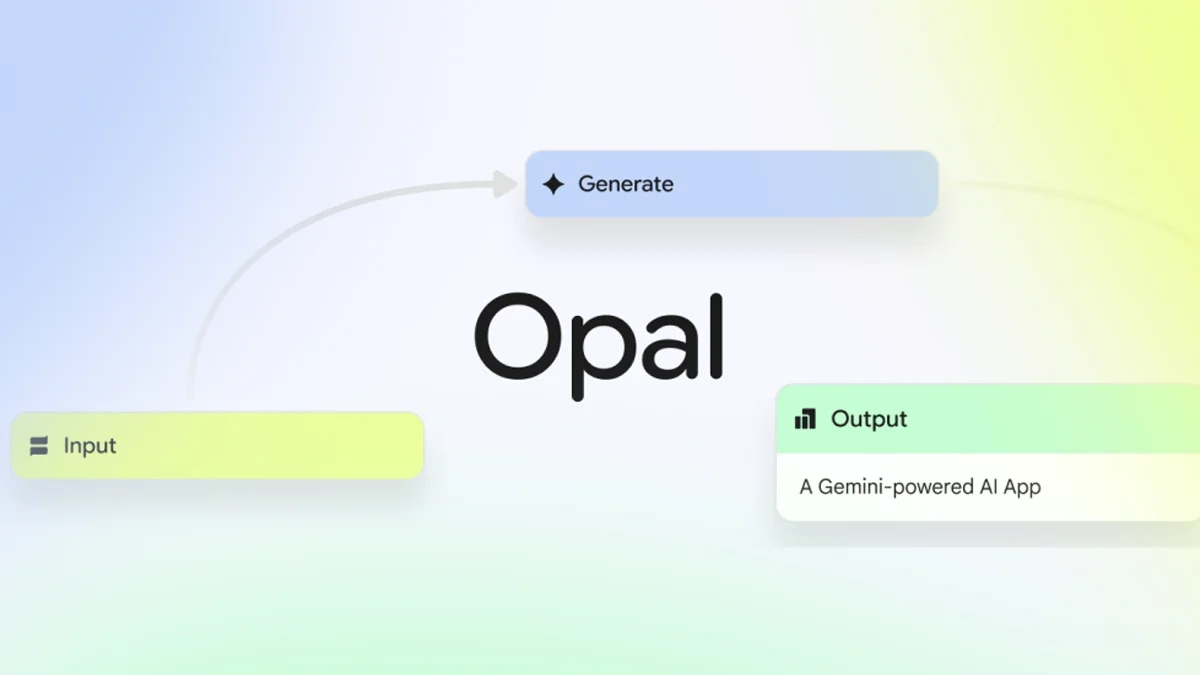Necessary Always Active
Necessary cookies are required to enable the basic features of this site, such as providing secure log-in or adjusting your consent preferences. These cookies do not store any personally identifiable data.
|
||||||
|
||||||
|
||||||
|

Google is testing a vibe coding app called Opal according to TechCrunch. Google’s new AI-powered coding tool is designed to help users create mini web applications by simply describing what they wish to create in plain language.
The Opal coding tool is only accessible to users in the US through Google Labs, the platform that the search giant uses to experiment new technologies. Users have the option of starting their apps from scratch through text-based instructions or customizing existing applications from a shared gallery. All they need to do is describe the application in a prompt.
After a prompt is submitted, Google’s AI models develop the app structure and presents users with a visual workflow panel outlining each step including the input, output, and generation phases. Once the app is generated, users can navigate the editor panel to access the visual workflow.
Opal users can check the prompt that highlights the process and make the necessary edits by clicking on each workflow step. Developers have the option of adding steps manually using the Opal toolbar. Developers can publish finished apps online and share them through a direct link for testing.
Google is launching Opal trials at a time when AI-supported coding tools have gained popularity. In recent months, almost every major tech company is creating one. Demand for vibe-coding tool developers has been high, with startups such as Cursor and Lovable turning down investors and buyers who are keen on riding the new wave.
Before developing Opal, Google had launched an AI studio that allowed developers to create apps using prompts. However, Opal adds a visual workflow feature to the prompt which is an indication to the company’s desire to target a broader audience.
The US search giant now joins competitors like Replit, Figma and Canva that are developing tools that empower non-technical users to create app prototypes without having to code.
Google’s vibe coding tool, Opal is not the only product that the search giant is testing. On July 24, Google unveiled Web Guide, an AI-powered tool for organizing Google Search results. The new tool leverages AI to organize result pages by categorizing them based on specific aspects of the search query.
Web Guide is part of Google’s Search Labs experiments. The new experiment is a variation of the fan-out approach of displaying search results already being used in AI Mode. Google rolled out AI mode in search for all users in May this year. Web Guide is powered by Gemini, Google’s AI tools which helps it better understand search queries better before linking to other pages that may have been missed by the conventional Google Search.
Search Labs lets users opt into experimental tools like Notebook LM, AI Mode, and Flow, an AI-powered filmmaking assistant. Google can enable or disable these experiments at any time. Google can turn the experiments on or off any time.